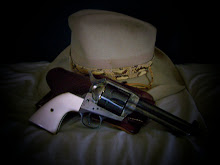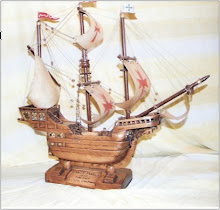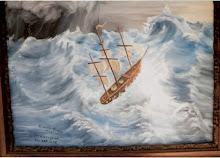 Waiting at the Gate
Waiting at the Gate A Treat and a Gentle Word and All is Well
A Treat and a Gentle Word and All is Well Heidi Guarding Her Rock
Heidi Guarding Her Rock One of Heidi's Rocks
One of Heidi's RocksHeidi is emerging from summer more beautiful than ever. Each day I learn a little more about her, for instance she is a rock hound. She collects rocks and pieces of cement blocks and a couple of them are rather large, but she carries them around anyway. Heidi is spoiled, no surprise to me. When I leave the yard and she stays inside the yard she lays by the gate waiting and sometimes she is a bit mift and it takes a treat to bring back her good humor, but I would not have her any other way. Have a great Sunday morning. Adios.






















